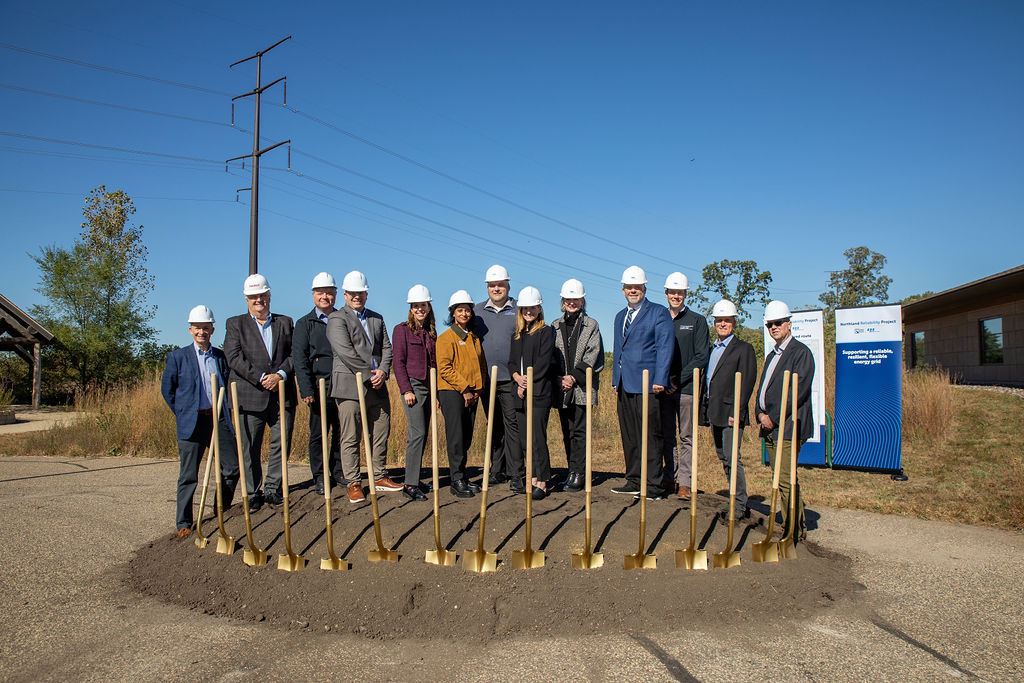A new program offered by Great River Energy’s member-owner cooperatives uses energy efficiency to address the health and safety of people while they spend time indoors.
The Healthy Buildings program was created primarily in response to the COVID-19 pandemic as concerns heightened around indoor air quality in relation to the spread of infectious aerosols. However, the mitigation technologies offered will remain relevant beyond the pandemic to combat seasonal cold and flu germs.
“As coronavirus vaccines are rolled out more widely and we prepare to spend more time in public indoor spaces, we want to help cooperative members become more comfortable returning to their work, schools and favorite shops,” said Jill Eide, CI&A strategist and Healthy Buildings program manager.
The technology solutions provided through the Healthy Buildings program modify heating and cooling systems to minimize the spread of infection indoors.
The program starts with an indoor air quality assessment, the cost of which could be covered up to 100% with a rebate provided by the participating member-owner cooperative. The audit’s findings will be used to make a recommendation on which solution would work best for the building. Options include the installation of an advanced rooftop controller, which offers an integrated ventilation strategy to optimize energy use in conditioned spaces while minimizing spread of aerosols.
Another option could be the use of an ultra-violet germicidal irradiation (UVGI) system, which uses a particular wavelength of UV lighting known to be an effective disinfectant to protect entire buildings from the spread of harmful germs. These systems are currently common practice in hospital and clinic settings, but are now being adopted by public schools, police/fire departments and public libraries.
Take, for instance, a school: As students and teachers return for in-person learning, a UVGI system could be installed within the duct work and coils to provide high mitigation rates from pathogens — such as viruses, including COVID-19 and the flu — for a low investment. The system works by installing special lamps in the ductwork. As air comes in, it passes the lamps which deactivate viruses, allowing air to flow into rooms germ-free.
Other UVGI models include handheld systems to disinfect small areas (e.g., tables and desks), a high-powered mobile robot for whole room disinfection as well as upper room installations to treat air flow.
“There are a variety of energy efficient solutions that work for different applications of air and surface treatment,” Eide said. “Our Healthy Buildings program offers rebates for a number of them to make adopting these technologies more accessible.”
 " data-object-fit="cover">
" data-object-fit="cover">